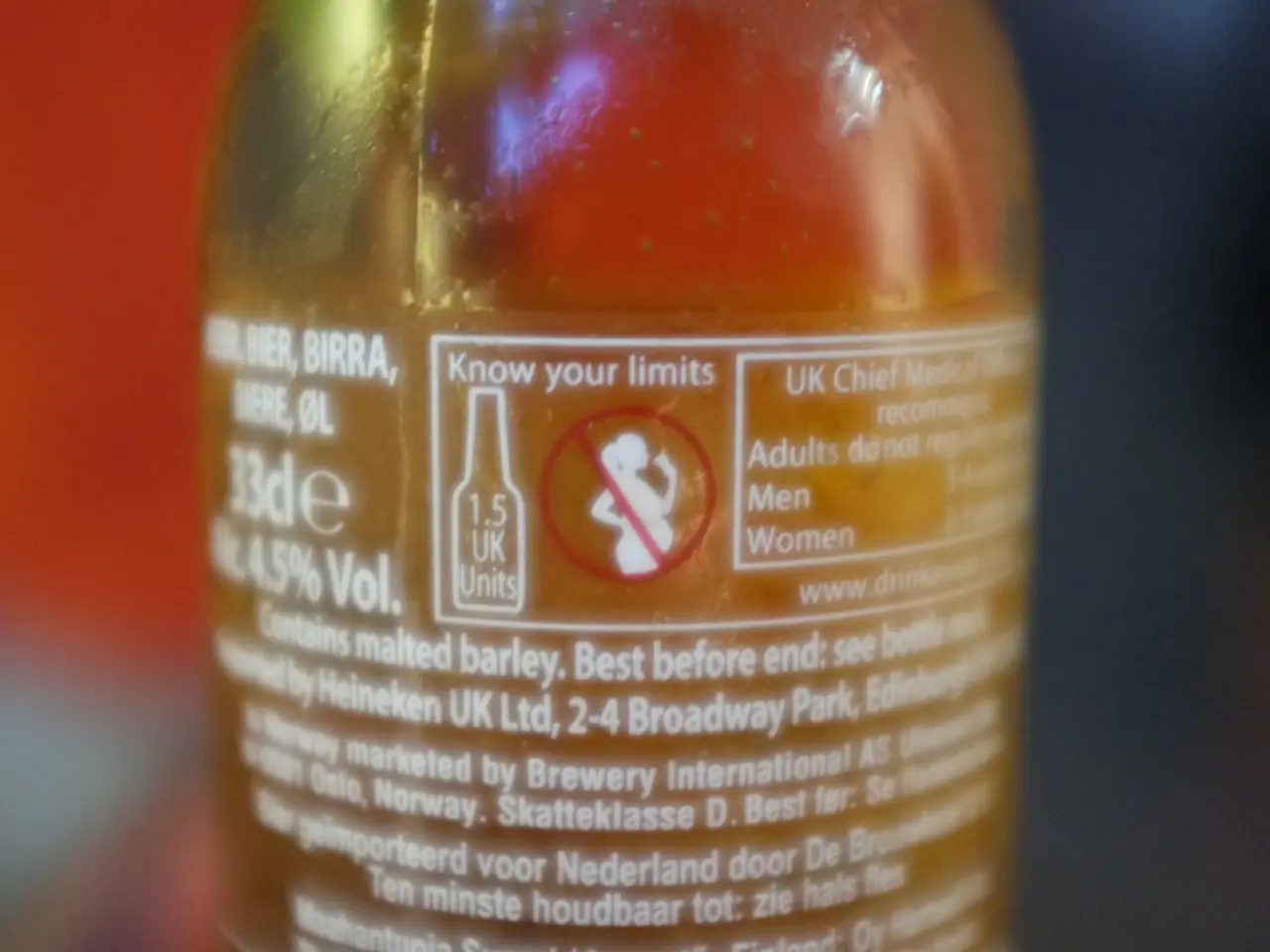Human Existence and the Impact of Social Conformity Influence on Survival
Unmasking Social Desirability Bias: Its Impact on Modern Society and Strategies for Mitigation
Social desirability bias, the tendency to present oneself in a more acceptable, likable, or morally good light to others, plays a significant role in shaping human interactions and decision-making in contemporary society. This bias, often operating unconsciously, influences various aspects of our lives, from interpersonal relationships to research validity and public health policies.
The Impact of Social Desirability Bias on Human Survival in Modern Society
Interpersonal Relationships & Social Acceptance:
The inherent need for social belonging is a critical factor in human survival. Social desirability bias can help individuals appear more likable or morally acceptable, potentially fostering social bonds and group cohesion, which are essential in complex societies. However, this bias can also hinder open dialogue and authenticity, particularly among vulnerable populations, leading to delayed healing and worsened psychological distress.
Mental Health and Recovery Challenges:
In mental health and recovery settings, social desirability bias can obstruct authenticity and openness, causing individuals to hide vulnerabilities or avoid discussing problems honestly. This can exacerbate psychological distress and reduce the effectiveness of support or therapy.
Decision-making and Judgment:
As a type of cognitive bias, social desirability affects how people report behaviors or opinions, potentially skewing self-assessments or survey results. Inaccurate self-reporting can misinform public health, social policies, or clinical interventions that aim to support survival-related outcomes.
Stigma and Minority Stress:
Individuals in minority or socioeconomically disadvantaged groups may face increased social rejection and discrimination. The desire to conform to social expectations might intensify minority stress, leading to adverse health outcomes and decreased survival chances due to maladaptive coping mechanisms.
Strategies to Mitigate the Impact of Social Desirability Bias
Increasing Self-awareness and Encouraging Authenticity:
Promoting self-reflection and the prioritization of authenticity over social approval helps individuals overcome this bias. For example, scam victims benefit by acknowledging their experiences fully rather than downplaying losses.
Creating Safe and Culturally Sensitive Environments:
Providing supportive, nonjudgmental settings such as culturally tailored healthcare or counseling can reduce the pressure to conform to socially desirable responses, improving honesty and mental health outcomes.
Using Objective and Anonymous Data Collection Methods:
In research or surveys, employing anonymous responses, indirect questioning, or validating self-reports with objective measures can lessen social desirability bias and yield more accurate data for better policy and clinical decision-making.
Education and Training:
Training healthcare providers and community workers to recognize and address social desirability bias and its consequences can foster trust and improve care quality for vulnerable populations.
In conclusion, while social desirability bias can promote social cohesion important for survival, its unconscious influence on honesty and behavior may impair psychological health and decision-making, especially under social pressures or minority stress. Mitigation requires fostering authenticity, safe environments, objective methods, and culturally sensitive practices.
Examples of social desirability bias include respondents exaggerating their physical activity levels in exercise habit surveys to appear healthier and more active, or politicians emphasizing popular opinions or values during campaigns to gain voter support, potentially prioritizing popularity over effective governance. Early humans may have used social desirability bias to present themselves positively and improve their standing within a group, thereby fostering alliances and securing resources more effectively. Social desirability bias often results in over-reporting of socially acceptable behaviors and under-reporting of socially undesirable ones. Creating safe environments where participants feel comfortable sharing their true opinions without fear of judgment can help reduce the influence of social desirability in research settings.
In the context of modern society, social desirability bias can impact human survival significantly, influencing interpersonal relationships and social acceptance. This bias might foster social bonds and group cohesion, but it could also hinder open dialogue and authenticity, particularly among vulnerable populations.
In mental health and recovery settings, social desirability bias can obstruct authenticity and openness, potentially obstructing effective support or therapy for individuals who hide vulnerabilities or avoid discussing problems honestly.
As a type of cognitive bias, social desirability affects how people report behaviors or opinions, potentially skewing self-assessments or survey results, and misinforming public health, social policies, or clinical interventions.
Individuals in minority or socioeconomically disadvantaged groups may face increased social rejection and discrimination due to the social desirability bias, leading to increased stress and maladaptive coping mechanisms, which can impact their survival chances.
Mitigation strategies for the impact of social desirability bias can include increasing self-awareness and encouraging authenticity, providing safe and culturally sensitive environments, using objective and anonymous data collection methods, and education and training for healthcare providers and community workers. Examples of social desirability bias include exaggeration of physical activity levels in exercise habit surveys or politicians emphasizing popular opinions during campaigns. Creating safe environments where participants feel comfortable sharing their true opinions without fear of judgment can help reduce the influence of social desirability in research settings.




